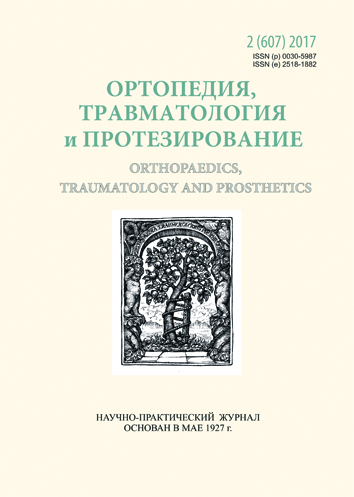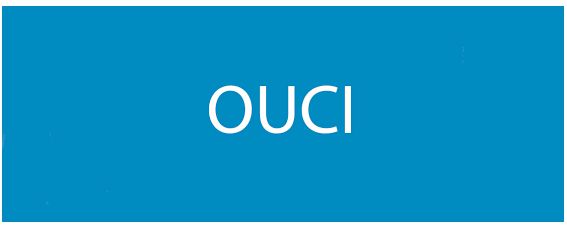Experimental study of antiexudative action of «Venogel 911 with horse chestnut»
DOI:
https://doi.org/10.15674/0030-598720172101-104Keywords:
anti-exudative action, horse chestnut, «Venogel 911 with horse chestnut», model of thermal foot inflammation, varicose insufficiency, anti-inflammatory effectAbstract
Regardless of the degree of injury, it is necessary to use conservative methods for the treatment of patients with injuries, in particular medications using local remedies. Among the drugs used to treat chronic venous insufficiency, directly affect the main mechanisms of the pathogenesis of venoactive (phlebitropic) agents. They protect the venous wall from the influence of local mediators, oxidants, stabilize the membranes of endotheliocytes, reduce the permeability of venules and capillaries, increase the tone of the veins and their elasticity, i.e. they have complex endothelioprotective and venoprotective action.
Objective: to investigate the anti-exudative action of «Venogel 911 with horse chestnut» in the experiment.
Methods: a study of the anti-exudative activity of gelabalzam «Venogel 911 with horse chestnut» in comparison with the reference preparations was carried out on the model of thermal inflammation of the mice foot.
Results: the use of drugs resulted in marked suppression of swelling in the foot tissues of animals, which was exposed to a thermal stimulus, as evidenced by a statistically significant decrease in its mass. There were no significant differences in the anti-exudative activity «Venogel 911 with horse chestnut» in comparison with «Gingoven» and «Dr. Teisse Venen gel».
Conclusions: it has been established that «Venobal gel 911 with horse chestnut» has anti-inflammatory and anti-exudative action and can be used as a means for skin care of the legs, which is prone to manifestations of varicose insufficiency.References
- Levenets VM. Topical issues of sports injuries (Aktualni pytannya sportyvnogo travatyzmu). Sportyvna meditsina. 2004;(1–2):84–90. (in Ukraine)
- Levenets VM, Gertsen GI. The use of DMSO in traumatology and orthopedics: A tutorial (Primeneniye DMSO v travmatologii i ortopedii: Uchebnoye posobiye). Moskow: Tsentral'niy institut usovershenstvovaniya vrachey, 1977. 13 p. (in Russian)
- Goridova LD. The use of L-lysine ascites in the acute phase of the posttraumatic period after a closed trauma of the musculoskeletal system (Zastosuvannya L-lizinu yestsinatu v gostriy fazi posttravmatichnogo periodu pri zakritiy travmi oporno-rukhovogo aparatu). Vashe zdorov’ya. 2001;(51):4. (in Ukrainian)
- Robertson L, Evans C, G Fowkes. Epidemiology of chronic venous disease. Phlebology. 2008;23(3):103–11. doi: 10.1258/phleb.2007.007061.
- Sturov N. Chronic venous insufficiency of the lower extremities: epidemiology, pathogenesis, clinic and the principles of therapy (Khronicheskaya venoznaya nedostatochnost' nizhnikh konechnostey: epidemiologiya, patogenez, klinika i printsipy terapii). Vrach. 2008;(4):22–4. (in Russian)
- Rational pharmacotherapy of cardiovascular diseases: A guide for practicing doctors (Ratsional'naya farmakoterapiya serdechno-sosudistykh zabolevaniy : Rukovodstvo dlya praktikuyushchikh vrachey).Eds. Chazov EI, Belenkov YuN. Moskow: Littera, 2005. 972 p. (in Russian)
- Eberhardt RT, Raffetto JD. Chronic venous insufficiency. Circulation. 2005;111(18):2398–409. doi: 10.1161/01.CIR.0000164199.72440.08.
- Pittler МН, Ernst E. Horse chestnut seed extract for chronic venous insufficiency. Cochrane Database Syst Rev. 2012;11:CD003230. doi: 10.1002/14651858.CD003230.pub4.
- Rieznikov OG. General ethical principles of animal experiments (Zagal'ni yetichni printsipi yeksperimentiv na tvarinakh). Endokrinologiya. 2003;8(1):142–5. (in Ukrainian)
- Gatsura VV. Methods of primary pharmacological research of biologically active substances (Metody pervichnogo farmakologicheskogo issledovaniya biologicheski aktivnykh veshchestv). Moskow: Medicine, 1974. 123 p. (in Russian)
- Glantz . S. Medico-biological statistics. Moskow: Practica, 1998. 459 p. (in Russian)
- Salimov RM. The main methods of statistical processing of the results of pharmacological experiments/ In: Manual on experimental (preclinical) study of new pharmacological substances. Ed. Khabiev RU. Мoskow: Remedium, 2000. P. 349–54.
Downloads
How to Cite
Issue
Section
License
Copyright (c) 2017 Andrei Komissarenko, Yulia Avidzba, Valentin Nikolov

This work is licensed under a Creative Commons Attribution 4.0 International License.
The authors retain the right of authorship of their manuscript and pass the journal the right of the first publication of this article, which automatically become available from the date of publication under the terms of Creative Commons Attribution License, which allows others to freely distribute the published manuscript with mandatory linking to authors of the original research and the first publication of this one in this journal.
Authors have the right to enter into a separate supplemental agreement on the additional non-exclusive distribution of manuscript in the form in which it was published by the journal (i.e. to put work in electronic storage of an institution or publish as a part of the book) while maintaining the reference to the first publication of the manuscript in this journal.
The editorial policy of the journal allows authors and encourages manuscript accommodation online (i.e. in storage of an institution or on the personal websites) as before submission of the manuscript to the editorial office, and during its editorial processing because it contributes to productive scientific discussion and positively affects the efficiency and dynamics of the published manuscript citation (see The Effect of Open Access).














